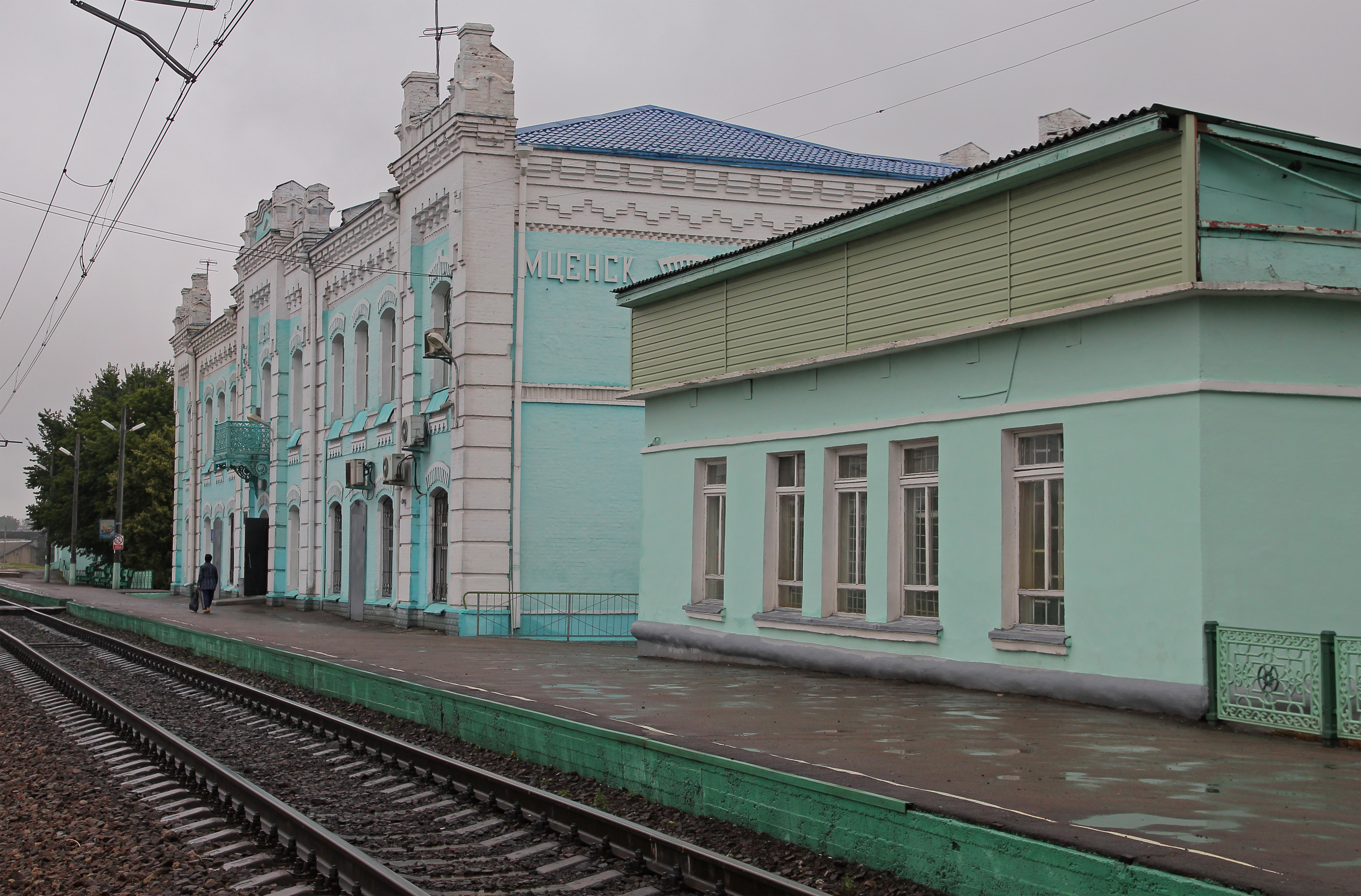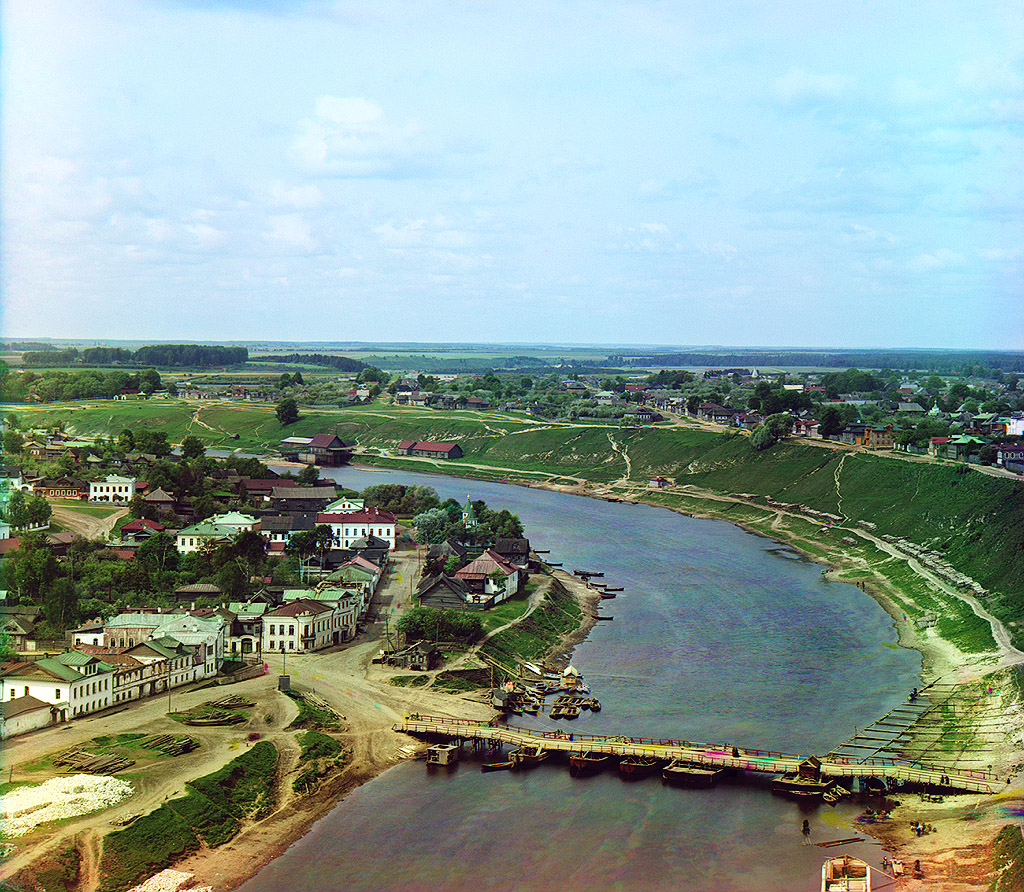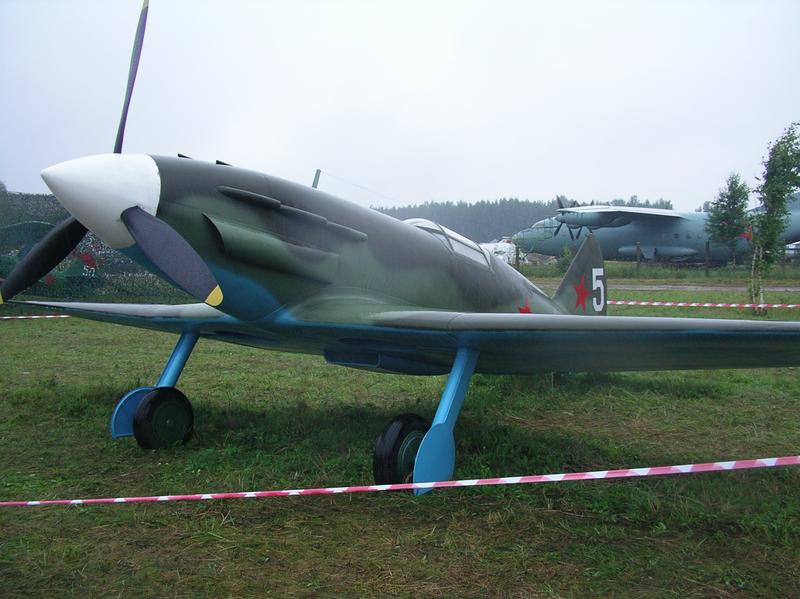|
Helmut Schönfelder
Helmut Schönfelder (30 April 1914 – 23 September 2003) was a Luftwaffe ace and recipient of the Knight's Cross of the Iron Cross during World War II. The Knight's Cross of the Iron Cross was awarded to recognise extreme battlefield bravery or successful military leadership. Schönfelder was credited with 56 aerial victories. Career Schönfelder was born on 30 April 1914 in Nienburg an der Weser in the Province of Hanover within the German Empire. A training mission flown on 6 June 1944, resulted in forced landing at Biała Podlaska of his Focke-Wulf Fw 190 A due to engine failure. Summary of career Aerial victory claims According to US historian David T. Zabecki, Schönfelder was credited with 56 aerial victories. Mathews and Foreman, authors of ''Luftwaffe Aces – Biographies and Victory Claims'', researched the German Federal Archives and state that he claimed 56 aerial victories, all of which on the Eastern Front. Awards * Iron Cross (1939) 2nd and 1st Class * ... [...More Info...] [...Related Items...] OR: [Wikipedia] [Google] [Baidu] |
Nienburg, Lower Saxony
Nienburg (, official name: ''Nienburg/Weser''; , or ) is a town and capital of the Nienburg (district), district Nienburg, in Lower Saxony, Germany. Geography Situated on the scenic German Timber-Frame Road, Nienburg lies on the river Weser, approximately southeast of Bremen (city), Bremen, and northwest of Hanover. Nienburg is the largest town in the Middle Weser Region. Demography (as of Dec. 31st) Structure Nienburg, including quarters * Erichshagen * Holtorf * Langendamm * Schäferhof/Kattriede * Nordertor * Leintor * Lehmwandlung * Alpheide History The major reason for the emergence and development of Nienburg into the largest city in the Middle Weser region was its location at a convenient ford in the Weser River, leading to multiple trade routes radiating from the location. As early as 1025 the location was referred to as ''Negenborg'', i.e. New Castle. In 1215 it began to be referred to as a city, a ''civitas'', when County of Hoya, Count Henry I of Hoya began t ... [...More Info...] [...Related Items...] OR: [Wikipedia] [Google] [Baidu] |
Mtsensk
Mtsensk () is a town in Oryol Oblast, Russia, located on the Zusha River (a tributary of the Oka) northeast of Oryol, the administrative center of the oblast. Population: 28,000 (1970). History It was first mentioned in the Nikon Chronicle in 1146 as a part of the Principality of Chernigov. The name comes from the Mtsena River, a tributary of the Zusha, beside which the fortress stood. In 1238, Mtsensk was destroyed by Batu Khan. Since 1320, it was under the rule of Lithuania, eventually becoming a part of the Muscovy in 1505. Since the beginning of the 19th century, Mtsensk was rapidly developing as an industrial town. During Operation Barbarossa, German armoured forces captured the town in the fall of 1941. In particular, troops of the 3rd Panzer Division, 4th Panzer Division, and Infantry Regiment Großdeutschland saw combat in the immediate vicinity. During the Battle of Kursk in 1943, Mtsensk served as the primary war zone. On 20 July 1943, Mtsensk was liberated ... [...More Info...] [...Related Items...] OR: [Wikipedia] [Google] [Baidu] |
Orsha
Orsha (; , ; ) is a city in Vitebsk Region, Belarus. It is situated on the fork of the Dnieper, Dnieper River and Arshytsa River, and it serves as the administrative center of Orsha District. As of 2025, it has a population of 101,662. History Orsha was first mentioned in 1067 as Rsha, making it one of the oldest towns in Belarus. The town was named after the river, which was originally also named Rsha, probably from a Baltic languages, Baltic root *''rus'' 'slowly flowing.' In 1320, Orsha became a part of the Grand Duchy of Lithuania. Between 1398–1407, the Orsha castle was built. On 8 September 1514 the famous Battle of Orsha occurred, between allied Grand Duchy of Lithuania with Kingdom of Poland (1385–1569), Kingdom of Poland and Grand Duchy of Moscow, Muscovite army. [...More Info...] [...Related Items...] OR: [Wikipedia] [Google] [Baidu] |
Loyew
Loyew or Loyev (, ; , ; ) is an urban-type settlement in Gomel Region, Belarus. It serves as the administrative center of Loyew District. In 2018, its population was 6,698. As of 2025, it has a population of 6,028. The settlement is located along the right coast of the Dnieper, Dnieper River at the confluence with the Sozh. History Loyew arose on the site of an ancient settlement of the Dregoviches within the Principality of Chernigov. ...[...More Info...] [...Related Items...] OR: [Wikipedia] [Google] [Baidu] |
Douglas A-20 Havoc
The Douglas A-20 Havoc (company designation DB-7) is an American light bomber, attack aircraft, Intruder (air combat), night intruder, night fighter, and reconnaissance aircraft of World War II. Designed to meet an Army Air Corps requirement for a bomber, it was ordered by France for their air force before the USAAC decided it would also meet their requirements. French DB-7s were the first to see combat; after the fall of France, the bomber served with the Royal Air Force under the British military aircraft designation systems#Names, service name Boston. From 1941, night fighter and Intruder (air combat), intruder versions were given the service name Havoc. In 1942 USAAF A-20s saw combat in North Africa. It served with several Allies of World War II, Allied air forces, principally the United States Army Air Forces (USAAF), the Soviet Air Forces (''VVS''), Soviet Naval Aviation (''AVMF''), and the Royal Air Force (RAF) of the United Kingdom. A total of 7,478 aircraft were built, o ... [...More Info...] [...Related Items...] OR: [Wikipedia] [Google] [Baidu] |
Yelsk, Belarus
Yelsk (; ; ; ) is a town in Gomel Region, Belarus. It serves as the administrative center of Yelsk District. As of 2025, it has a population of 8,623. Yelsk was greatly affected by radioactive fallout from the Chernobyl disaster On 26 April 1986, the no. 4 reactor of the Chernobyl Nuclear Power Plant, located near Pripyat, Ukrainian Soviet Socialist Republic, Ukrainian SSR, Soviet Union (now Ukraine), exploded. With dozens of direct casualties, it is one of only ... in 1986. History The city was occupied by German troops during summer 1941. The local Jews of Yelsk were gathered and deported towards Kalinkovichi and Mozyr. Approximately two weeks after the departure of the Jews of Yelsk, the Jews of the nearby Jewish village of Skorodnoye were brought in and locked inside a building. Then, the Germans set fire to the building all the Jews were burned alive. References Populated places in Belarus Populated places in Gomel region Holocaust locations in ... [...More Info...] [...Related Items...] OR: [Wikipedia] [Google] [Baidu] |
Belyov
Belyov () is a town and the administrative center of Belyovsky District in Tula Oblast, Russia, located on the left bank of the Oka River. Population: 13,180 (2018); History As is the case with many other towns in the former Upper Oka Principalities, Belyov was first mentioned in a chronicle in 1147. After the disintegration of the Principality of Chernigov in the wake of the Mongol invasion of Rus', Belyov became a seat of a local princely dynasty in 1468. The princes of Belyov fluctuated between the Grand Duchy of Lithuania and the Grand Duchy of Moscow, until they moved to the latter state. During World War II, Belyov was occupied by the German Army in October, 1941, but was liberated by elements of 10th Army on December 31, during the Soviet counteroffensive phase of the Battle of Moscow. Following an incident where a local Jewish families were accused of murdering a child to use his blood to bake matzah, there was a rise in anti-Jewish propaganda by Communist Party member ... [...More Info...] [...Related Items...] OR: [Wikipedia] [Google] [Baidu] |
Rzhev
Rzhev ( rus, Ржев, p=ˈrʐɛf) is a town in Tver Oblast, Russia, located southwest of Staritsa and from Tver, on the highway and railway connecting Moscow and Riga. It is the uppermost town situated on the Volga River. Population: History Rzhev was founded in the Middle Ages and rivals Toropets as the oldest town in the region. Rzhevians usually point out that their town is mentioned in the Novgorod laws as early as 1019. Their neighbors from Toropets, on the other hand, give more credence to Rzhev's first mention in a major chronicle under 1216, when it was in possession of Mstislav the Bold, Prince of Toropets. Whatever the truth may be, it is clear that medieval Rzhev was bitterly contested by three regional powers—the Novgorod Republic, the Principality of Smolensk, and the Grand Principality of Vladimir-Suzdal. Following the Mongol invasion, Rzhev passed to a lateral branch of the Smolensk dynasty, which made the town its capital. Later the princes divided the t ... [...More Info...] [...Related Items...] OR: [Wikipedia] [Google] [Baidu] |
Lavochkin-Gorbunov-Gudkov LaGG-3
The Lavochkin-Gorbunov-Gudkov LaGG-3 (Лавочкин-Горбунов-Гудков ЛаГГ-3) was a Soviet fighter aircraft of World War II. It was a refinement of the earlier LaGG-1 and was one of the most modern aircraft available to the Soviet Air Force at the time of Germany's invasion in 1941. Compared to its opponents the LaGG-3 was underpowered and, despite its wooden construction, overweight. It was unpopular with Soviet pilots, but despite this, at one point in the war, on average 12 LaGG-3s were being completed daily and 6,528 had been built in total when production switched to the Yak-3 in 1944. The LaGG-3 was steadily improved, forming the basis for the more successful La-5 and La-7. Design and development The prototype of the LaGG-3 was called the I-301 and was designed by Semyon A. Lavochkin, and . The prototype was later renamed the LaGG-1 and production aircraft were called the LaGG-3. The prototype was designed and produced by the GAZ-301 factory in Khim ... [...More Info...] [...Related Items...] OR: [Wikipedia] [Google] [Baidu] |
Mikoyan-Gurevich MiG-3
The Mikoyan-Gurevich MiG-3 () is a Soviet fighter-interceptor used during World War II. It was a development of the MiG-1 by the OKO (opytno-konstruktorskij otdel — Experimental Design Department) of Zavod (Factory) No. 1 in Moscow to remedy problems found during the MiG-1's development and operations. It replaced the MiG-1 on the production line at Factory No. 1 on 20 December 1940 and was built in large numbers during 1941 before Factory No. 1 was converted to build the Ilyushin Il-2. On 22 June 1941, at the beginning of Operation Barbarossa, some 981 were in service with the Soviet Air Forces (VVS), the Soviet Air Defence Forces (PVO) and Soviet Naval Aviation. The MiG-3 was difficult to fly in peacetime and much more so in combat. Originally designed as a high-altitude fighter-interceptor, combat over the Eastern Front was generally at lower altitudes, where it was inferior to the German Messerschmitt Bf 109 as well as most of its Soviet contemporaries. It was also pre ... [...More Info...] [...Related Items...] OR: [Wikipedia] [Google] [Baidu] |
Meshchovsk
Meshchovsk () is a types of inhabited localities in Russia, town and the administrative center of Meshchovsky District in Kaluga Oblast, Russia, located on the Tureya River southwest of Kaluga, the administrative center of the oblast. Population: History It was first mentioned in Russian chronicles in connection with the Mongol invasion of Rus' in 1238. During the Middle Ages it was the patrimony of Upper Oka Principalities, Princes Mezetsky. Catherine the Great granted it town rights in 1776. During World War II, Meshchovsk was occupied by the Wehrmacht, German Army from October 7, 1941, to January 7, 1942. Administrative and municipal status Within the subdivisions of Russia#Administrative divisions, framework of administrative divisions, Meshchovsk serves as the administrative center of Meshchovsky District, to which it is directly subordinated. As a subdivisions of Russia#Municipal divisions, municipal division, the types of inhabited localities in Russia, town of Meshcho ... [...More Info...] [...Related Items...] OR: [Wikipedia] [Google] [Baidu] |
Petlyakov Pe-2
The Petlyakov Pe-2 ( — nickname «Пешка» (Pawn); NATO reporting name: Buck) was a Soviet Union, Soviet twin-engine dive bomber used during World War II. One of the outstanding tactical attack aircraft of the war,Ethell 1996, p. 152. it also proved successful as a heavy fighter, as a night fighter (Petlyakov Pe-3, Pe-3 variant) and as a reconnaissance aircraft.Angelucci and Matricardi 1978, p. 234. The Pe-2 was, numerically, the most important Soviet bomber of World War II, at their peak comprising 75% of the Soviet twin-engine bomber force.Smith 2003, pp. 155. The Soviets manufactured Pe-2s in greater numbers (11,430 built) during the war than any other twin-engine combat aircraft except for the German Junkers Ju 88 and the British Vickers Wellington.Guston 1980, p. 173. Several Soviet bloc air forces flew the type after the war, when it became known by the NATO reporting name ''Buck''. Development In 1937, Vladimir Petlyakov was the leader of the Heavy Aircraft Brigade ... [...More Info...] [...Related Items...] OR: [Wikipedia] [Google] [Baidu] |







